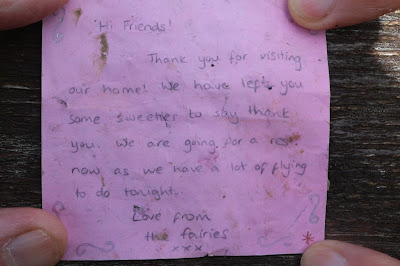William Victor Linklater Sclater Pte S/12854 7th Seaforth Highlanders born Kebro, Orkney enlisted Kirkwall Age 21 Killed in Action France & Flanders 12-Oct-16 Son of James Sinclair Sclater and Jessie (nee Linklater) Sclater, of Kebro, Orphir, Kirkwall, Orkney. Memorial: Kebro. Thiepval Memorial M. R. 21 Pier 15C" And the action in which he was killed? A quick search pulled up a document which contains the following information:
"7th Battalion, Seaforth Highlanders (in 9th Division)
attacked the Butte de Warlencourt, in the northern part of the Somme battlefield, on Thursday, 12th October
1916. It was one of Orkney’s saddest days
of the war, because at least fourteen Orcadians died as a result of 7th
Seaforths’ failed attempt that day to capture the Butte, while two more died, in a South
African and another Scottish battalion.
That Orcadian death toll was approached on a couple of other days, but
then casualties were spread across many units.
The failed attack on the Butte de Warlencourt on 12th October
1916 was, in Orcadian fatal casualties, the most costly battalion action of the
Great War.....The names of seven Orcadians, Seaforth
Highlanders Private James Learmonth, Private George Gray, Private William
Sclater, Private James Simison, Private William Sinclair, Private William
Sutherland and Lance-Corporal Thomas Twatt, whose bodies were not found or
identified, are inscribed on Panel 15C of the Thiepval Memorial".














No comments:
Post a Comment